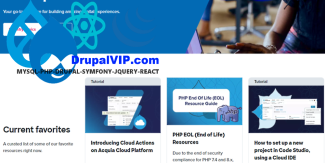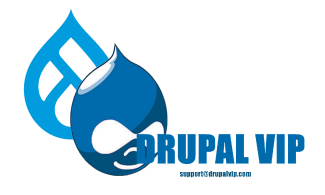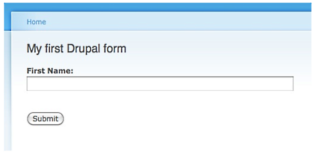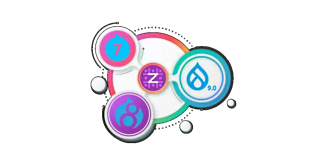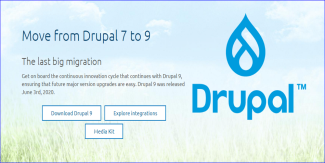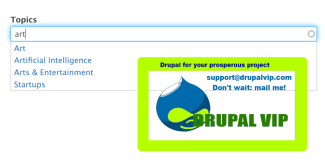Drupal 7
Displaying 1 - 13 of 13Drupal 7 to Drupal 9 in an hour, is it possible
Countless blog posts have been written about migrating from Drupal 7 to 8/9/10.
Some recommend how to begin breaking down this rather overwhelming endeavor into manageable pieces.
Others provide concrete technical recommendations for very specific Drupal 7 setups.
DrupalVIP technical notebook & support
Drupal Download & Extend: Drupal 7 End of Life
Drupal 7 will officially reach its End of Life on 5 January 2025.
This date marks the 14th anniversary since Drupal 7 was released on 5 January 2011.
It is recommended to migrate your site as soon as possible.
Drupal is an open-source content management platform supporting a variety of websites ranging from personal weblogs to large community-driven websites.
Drush: how to Import and Export mySql database
Databases have the urge to grow, in some cases they are so big to manipulate, which means that import and export is imposible with the current tools like cPanel .
The Drush team created a tool which will help us to manipulate the database, which was defined in the settings configuration, regardless its size.
pay attention, most chance that import database will be available to files which ware created by export activity.
How to change an existing Drupal form
Changing an existing form is one of the first things that new Drupal developers will learn how to do.
It is a natural extension from site building, where you might need to change one thing on a form created by a core or contributed module.
One of the benefits of using the Form API to construct forms is that any module can alter any other module's form.
In this tutorial, you are going to learn how to alter a Drupal form.
Advance Examples Which actually needed
This article is based on the O'Reilly article which is relevant to Drupal7 and some of it for Drupal8, but drupal did a lot of modifications since then, and I believe it's a good place to start with, but still should be modified to Drupal9 and on. from time to time I will fix this article and update it according to the last drupal version, you are all invited to send me remarks and suggestions.
These examples, I believe are most needed for the more advanced Drupal backend developer.
My development strategy recommendations are:
Schema Data Types
The following table shows all the legal combinations of the 'type' and 'size' fields of a column specification along with the underlying database data types used by each combination.
As of Drupal 7, MySQL, PostgreSQL, and SQLite data types are supported in Drupal core.
Drupal 6 core supports MySQL and PostgreSQL.
How to prepare to Migrate if you are on Drupal 7
The Drupal security team will soon cease to provide security advisories, wavering the websites and cyber security.
Drupal 7 and Drupal 8 versions will get flagged as insecure in the 3rd party scans.
Drupal 8 already ended in November 2021.
Hence it is essential to plan and execute your Drupal 8 to Drupal 9 Migration or from any other version, before facing any security implications.
With the end of Drupal security support for the older versions, there would be many.
The expected release date for Drupal 10 is 14th December 2022.
How to Upgrade Drupal7 Module to Drupal 8/9
Since Drupal8/9 works very much differently than Drupal7, the module structure has changed, the files type supported changed and Drupal API also changed. so with many modules which are available for download, you can find separate versions for Drupal7 and Drupal8/9.
But in the case of a custom module, you would like to upgrade your own module.
The Drupal Module Upgrader is a Drush command that helps you update your modules from Drupal 7 to Drupal 8.
Textfield with Autocomplete
Autocomplete is implemented in Drupal through AJAX.
When users type into a textbox, code on the client page dynamically loads new data from the server (a Drupal website) and uses this data to update the user display (provide a drop-down list of matching options, which the user can select from).
read more inside, including code examples
Adding assets (CSS, JS) to a Drupal module via *.libraries.yml
In Drupal 8 and later versions, stylesheets (CSS) and JavaScript (JS), jQuery, React, and even Angular, are loaded through the same system for modules (code) and themes, for everything: asset libraries.
Asset libraries can contain one or more CSS assets, one or more JS assets, and one or more JS settings.
Drupal uses a high-level principle: assets (CSS or JS) are only loaded if you tell Drupal it should load them.
Drupal does not load all assets (CSS/JS) on all pages because this is bad for front-end performance.

